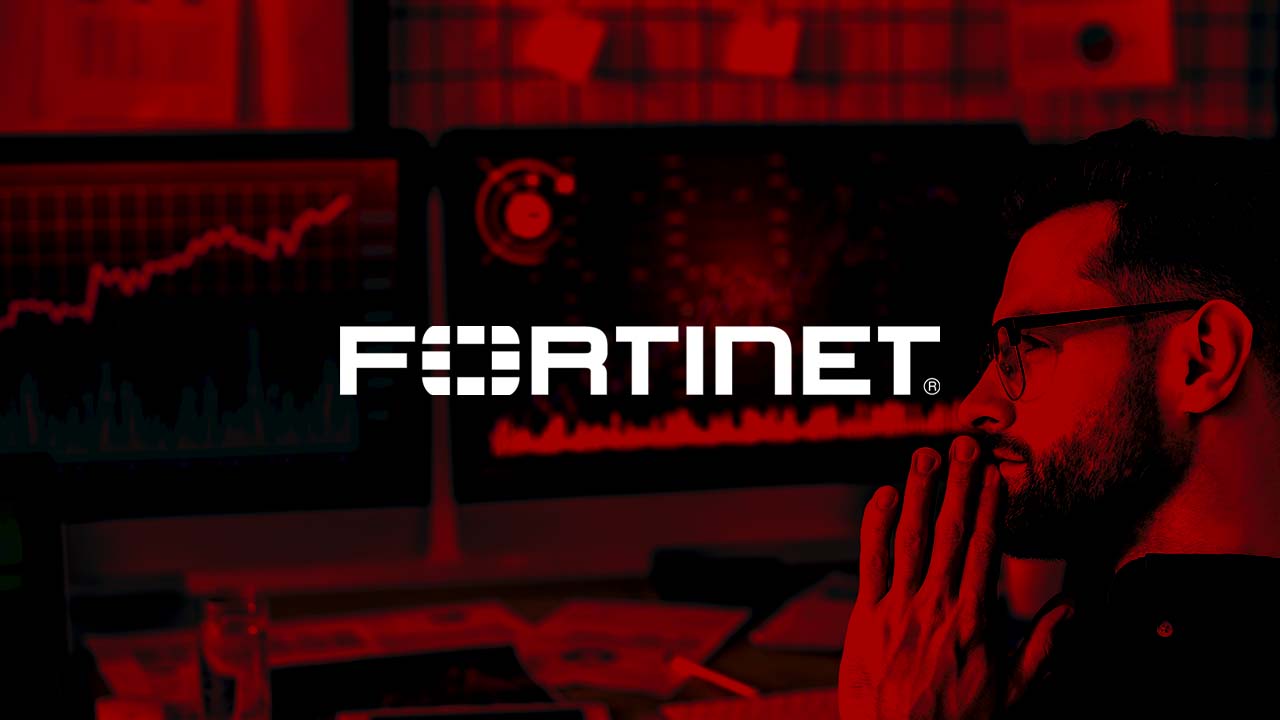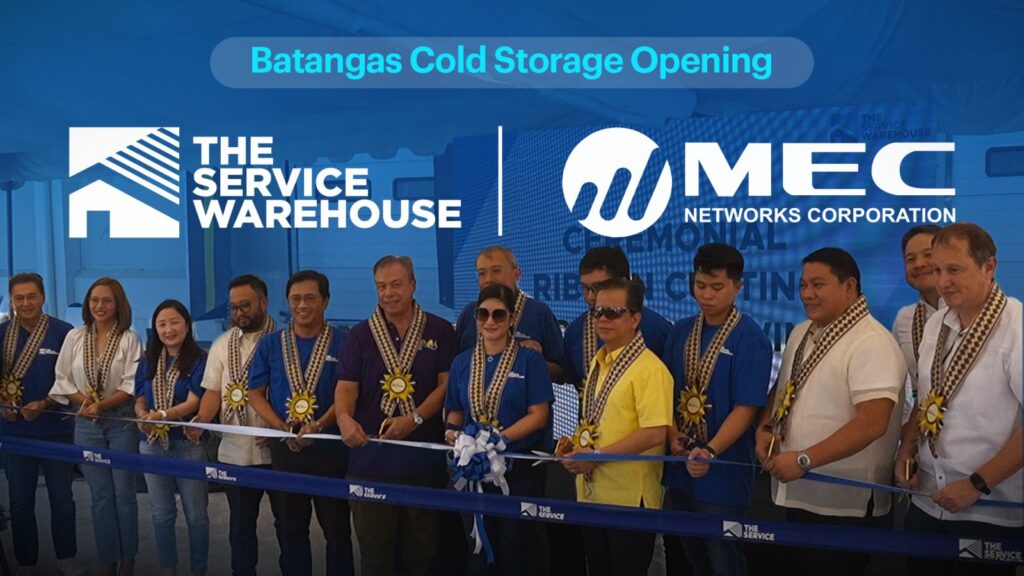Any cybersecurity plan should include zero trust. Secure access is more important than ever as the number of Internet of Things (IoT) devices grows, the network perimeter fragments, and the new norm of working from anywhere emerges. Security solutions that can cover all locations are required in today’s evolving work and resource systems, and zero trust is necessary.
Companies must take a zero trust approach to security by deploying strong authentication capabilities, network access control technologies, and ubiquitous application access controls to secure systems, networks, applications, and data. When considering security products, look for ones that can provide traffic SSL decryption and zero-trust capabilities for both cloud-based and on-premises assets, internal segmentation, and control zones.
Concerns have recently been raised concerning firewalls’ ability to enable a zero-trust environment. That could be the case with some next-generation firewalls (NGFW). They’re not up to the task, especially in terms of performance if SSL decryption is enabled. However, it is a mistake to dismiss firewalls totally. You can use the extensive capabilities of an NGFW with zero-trust network access (ZTNA) to control access for everyone across an extended network, covering both cloud and on-premises-based applications.
Fortinet NGFWs excel at supporting zero trust while also serving as part of a comprehensive cybersecurity solution for hybrid networks. No other firewall has ZTNA or bespoke security ASIC chips with SSL decryption hardware accelerators built in.
Here are the dangers companies will face if they would not deploy firewalls powered by zero trust.
Risks of Not Having Zero Trust Network Access
1. Growing Attack Surface
Networks are more spread than ever before, with more edges. The borders separating the home and the business workplace have eroded. This has provided cyberattackers with new, readily abused ways to gain access to corporate networks. Remote work also has a part in increasing the attack surface. Because home networks are frequently insecure, networks are subject to higher hazards.
Users and devices using zero trust are unable to access an application unless they supply the required authentication credentials. Zero trust hides apps behind a proxy server, allowing for a safe, encrypted connection. Zero trust connections are given to individual applications each session, unlike a standard VPN tunnel that offers unbounded access to the network and applications. Only once the device and the user have been validated is access permitted. Because, unlike with a VPN, location is no longer a reliable indicator of access, and ZTNA policy is implemented regardless of whether users are on or off the network.
2. Erratic Security
Users should be able to utilize ZTNA without having to think about it. It should function in the same way regardless of the user’s or applications’ actual location. Many firms, on the other hand, utilize different solutions to safeguard access for all employees. For remote workers, they may use a cloud-based zero trust solution, but for those on site, they would choose a different strategy. Using several products is inefficient, and it is also less secure since it adds complexity and reduces visibility. IT employees must deal with various policies in multiple locations and use multiple consoles or dashboards that aren’t integrated. Human mistake and misconfiguration are more likely due to the lack of central management.
User productivity is also harmed when accessing programs differs between working from the corporate office and working from home. Inconsistent access might lead to annoyance or confusion, especially if one of the products is difficult to use.
Zero trust should function in the same way regardless of where the applications or users are situated. Using a FortiGate to set up universal ZTNA ensures that policies and controls are consistent across all operating environments, including various clouds. Because ZTNA is incorporated into FortiOS, the same adaptive application access policy is utilized whether users are on or off the network. This connection with the Fortinet Security Fabric streamlines network management and visibility. ZTNA can be introduced in stages by simply altering parameters, allowing companies to start with a single network segment or certain zero-trust capabilities and gradually expand.
3. Heightened Costs and Complexity
Far too many companies treat network security as a mere add on, resulting in extra complexity and inadequate security postures. In a fragmented security environment, vital technologies like centralized administration, integrated networks, security operations center solutions, and AIOps cannot be deployed.
According to a Ponemon Institute survey, companies have installed more than 45 security solutions on average throughout their enterprises. Because these solutions function in silos, they contribute to network complexity by requiring frequent revisions to integration workarounds. In a Fortinet report, 82 percent of IT teams with ten or more security suppliers spend at least 30 percent of their time dealing with vendor complexity concerns.
With a single access policy for all locations maintained centrally, the Fortinet ZTNA solution simplifies security. Because ZTNA enforcement is handled by a firewall, all firewall regulations can be applied to that traffic as well.
4. Lateral Threats
Cyberattackers that penetrate the network perimeter can easily travel laterally to locate important resources, sow malware, and disrupt business when networks are set up as a flat, open environment with no security inspection past the boundary. When perimeter-based VPNs are replaced with ZTNA’s zero-trust architecture, every person or device requesting access to a resource is verified before access is granted.
5. Insufficient Security
Although ZTNA is frequently connected with cloud application access, many firms do not use the cloud for all of their apps. Users need access to cloud applications, but they also need access to programs that are hosted in a data center or a branch office. ZTNA should be utilized everywhere for complete security. It shouldn’t make a difference where the applications or users are. ZTNA’s presence ensures that policies and controls are consistent across all operational environments. ZTNA can’t be a cloud-only solution if it wants to be everywhere. ZTNA, which is built on a firewall, provides comprehensive coverage for all hosted sites, including SaaS applications.
The Right Zero Trust Solution
Although not all firewalls are made equal, having a FortiGate is the first step toward ZTNA everywhere. Fortinet employs the client-initiated ZTNA architecture, which creates a secure tunnel using an agent on a device. A Fortinet infrastructure can be made into the newest part of a zero-trust architecture using FortiOS version 7.0 and above. ZTNA capabilities are used in FortiGate NGFWs and FortiClient endpoint protection, allowing for easier management. Because ZTNA is incorporated into FortiOS, the same adaptive application access policy is utilized whether users are on or off the network.
Management and visibility throughout the network are easier because the ZTNA components are tightly integrated into the Fortinet Security Fabric. Organizations may develop zero-trust strategies that function regardless of where their users, devices, or resources are located by starting with a firewall and integrating the other elements of the ZTNA solution under the cover of a single, integrated platform.





